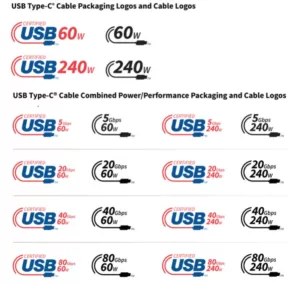
Microsoft recently made waves in the tech industry with its announcement of a 128-core processor and its own AI accelerators. While these chips won’t be found in new consoles, they will be deployed in Microsoft Azure data centers. This move by Microsoft, along with similar investments by other tech giants like Google and Meta, speaks volumes about the evolving landscape of the data center market. It also serves as a warning to current leaders such as Intel, AMD, and Nvidia.
At the Ignite conference, Microsoft revealed its plans to provide Azure users with machines equipped with its own designed AI accelerators, called Maia 100. Although they may not be strictly classified as GPUs, these specialized hardware units are set to deliver impressive performance. Additionally, Microsoft will introduce its Cobalt 100, a 128-core processor optimized for cloud and virtualization services.
The Maia 100 chips are built with an astounding 105 billion transistors, manufactured using the TSMC N5 process. This makes Microsoft’s first chip of this kind larger than Nvidia’s H100, which boasts 80 billion transistors and is built on the N4 process. While Microsoft has not disclosed all the details, it has revealed that the chip and its accompanying platform were developed in collaboration with OpenAI, the team behind ChatGPT.
On the other hand, the Cobalt 100 processor utilizes ARM architecture and is designed specifically for cloud and virtualization services. Microsoft licenses modified and optimized Neoverse cores from ARM, making it the most efficient 64-bit ARM processor available to cloud service providers, according to CEO Satya Nadella.
But why is Microsoft venturing into creating its own accelerators and processors? The answer lies in the pursuit of cost savings. The current infrastructure supporting ChatGPT and other AI tools from Microsoft relies heavily on Nvidia accelerators. While Nvidia’s hardware is exceptional, the company’s financial success is driven by significant profit margins. Furthermore, the demand for these accelerators often leads to long waiting times, hindering the rapid development of infrastructure. Additionally, general-purpose hardware like Nvidia’s does not offer the same efficiency as dedicated hardware designed for specific tasks.
Recognizing the potential for substantial returns on investment, companies like Microsoft, Meta, Google, and Oracle have embarked on designing their own specialized accelerators. As the cost of maintaining servers with cloud services continues to rise and power limitations impact data centers, developing processors optimized for power consumption and performance in specific applications becomes increasingly attractive.
While Microsoft assures that it will still incorporate the latest Nvidia and AMD accelerators in its data centers, it is clear that these companies, along with Intel, face an interesting challenge. Their largest customers are seeking alternatives to break free from their dominance. Nvidia, in particular, must find a way to build a defensive moat to maintain its position as one of the most valuable companies in history.
Ultimately, the winners in this skirmish will be the engineers who will benefit from increased opportunities and innovation. Additionally, companies like TSMC, which manufactures the advanced chips, will play a pivotal role in this evolving landscape.
As Microsoft and other tech giants continue to invest billions of dollars in their own advanced chips, the data center market is undergoing a significant transformation. These developments not only highlight the pursuit of cost savings and efficiency but also signal a shift in power dynamics within the industry. It will be fascinating to see how this competition unfolds and who emerges as the victor in this race for superior hardware.








